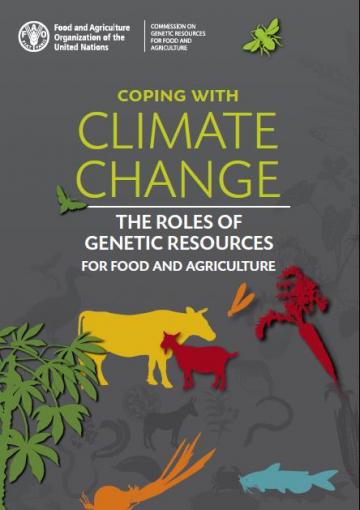
FAO calculates that global food production will need to increase by approximately 60 percent by the middle of this century to ensure food security for an additional 3 billion people (FAO, 2012). Genetic resources for food and agriculture play a crucial role in food security and nutrition, livelihoods and the provision of environmental services. They underpin the ability of crops, livestock, aquatic organisms and forest tree species to withstand a range of harsh conditions. It is thanks to their genetic diversity that plants, animals and micro-organisms adapt and survive when their environments change. The effects of climate change are expected to reduce agricultural productivity, stability and incomes in many areas of the world, some of which already face high levels of food insecurity. Food-insecure people in the developing world – especially women and indigenous peoples – are among the most vulnerable to climate change and are likely to be hardest hit. Climate change will cause shifts in the distribution of land areas suitable for the cultivation of a wide range of crops. Climate change will also create problems for the livestock sector. Heat stress, for example, reduces animals’ appetites, production and fertility, and increases mortality rates. Feed supplies may be affected both locally (e.g. loss of grazing land because of drought) and globally (e.g. rising grain prices). Animals’ water requirements increase with temperature, but in many places climate change is likely to mean that water becomes scarcer and supplies become more unpredictable. Catastrophic extreme weather events such as floods and droughts, which in many parts of the world are expected to become more frequent because of climate change, can pose an immediate threat to the survival of breeds and varieties that are raised only in specific small geographical areas.
The publication by FAO, “Coping with climate change – the roles of genetic resources for food and agriculture”, can help the readers to raise awareness on the important roles of genetic resources for food and agriculture in coping with climate change and to contribute to the mainstreaming of genetic resources for food and agriculture into climate change adaptation and mitigation planning at national and international levels.
To read the same, please visit the following link.
http://www.fao.org/3/a-i3866e.pdf
=============================================
Compiled by Animal Breeding Group, NDDB, Anand
=============================================
